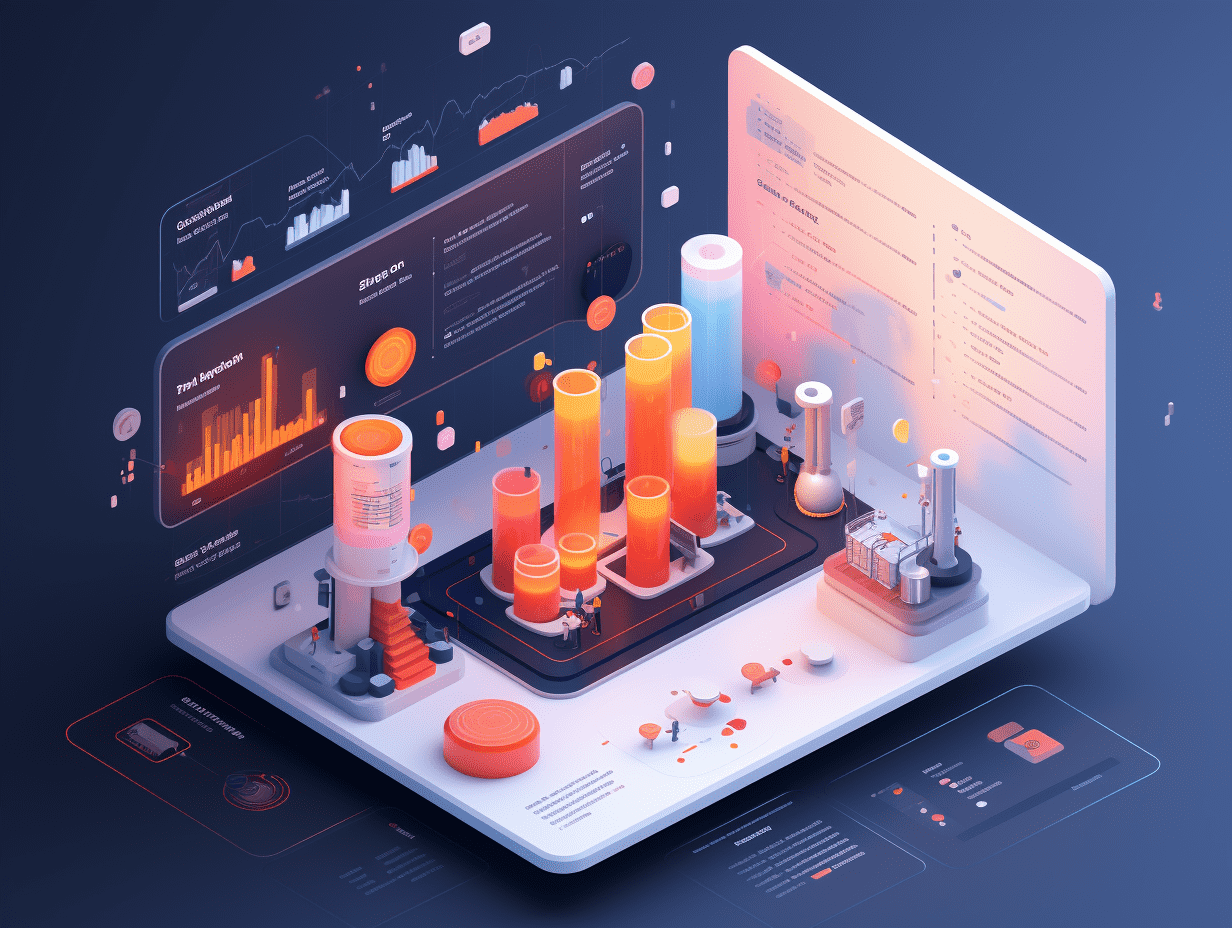MetalsFocus: The price of gold is expected to continue to rise by 2025, possibly reaching a high of $3,000 per ounce.
It is expected that the trend of silver in 2025 will roughly follow the trend of gold.
MetalsFocus has released a precious metals weekly report looking ahead to the precious metals market in 2025. The team indicates that after a significant increase in 2024, the price of gold is expected to continue to rise in 2025, possibly reaching highs of $3,000 per ounce. Essentially, this reflects the numerous macroeconomic and geopolitical uncertainties that will prompt institutional investors to actively acquire defensive assets. Strong gold purchases by global official sectors will also support the upward trend in gold prices. The trend of silver in 2025 is expected to roughly follow that of gold. Although there is strong demand for silver in the industrial sector and structural supply shortages will remain high, cautious investor attitudes towards long industrial metals will continue to be a significant negative factor hindering silver from significantly outperforming gold. Finally, it is expected that the prices of platinum, palladium, and rhodium will fluctuate within a range in 2025.
Gold
At the beginning of 2025, the price of gold will fluctuate narrowly in the range of $2,600-2,650 per ounce. Given the significant increase in gold prices in 2024, a period of consolidation and fluctuation is reasonable. Additionally, some traditionally negative factors that influence the price of gold are prevailing: the market generally expects fewer interest rate cuts in 2025 than previously predicted, and recent increases in US treasury yields and the dollar continue.
Looking ahead, in the short term, the slowing pace of interest rate cuts and a strong dollar will continue to be major obstacles to the rise in gold prices. However, despite these unfavorable factors, other macroeconomic factors remain positive for the strength of gold, which should push gold prices to challenge the $3,000 per ounce mark.
Concerns about the high level of US government debt will prompt more and more investors to build diversified investment portfolios.
Given the likelihood that fiscal expansion during Trump's second term is likely to be more aggressive, the above concerns are heightened. The ultimate impact of high government debt on US treasury bonds and inflation rates will also create uncertainty. Uncertainty about the outlook for the Chinese economy and potential pressure facing the Renminbi may also prompt Chinese investors to turn to defensive assets.
Gold Price vs. US Dollar Index
Data Source: Bloomberg
Furthermore, even if the pace of interest rate cuts in the US slows down in 2025, the market generally believes that there will still be interest rate cuts within the year. Interest rate cuts combined with sticky inflation will lead to lower real interest rates in the future. Finally, the geopolitical tensions in the Middle East are unlikely to dissipate quickly, and Trump's aggressive tariff plan will bring about greater uncertainty. In summary, the above factors will continue to drive investors to view gold and other defensive assets as investment targets in 2025.
Simultaneously, the expectation that global official sectors will continue to increase their holdings of gold will provide strong support for gold prices. Since 2022, central banks around the world have had a very strong demand for gold, which has occasionally provided solid support for gold prices. For various reasons such as geopolitical risks, concerns about the sustainability of US government debt, and the dazzling performance of gold in recent years, gold has become more attractive as an effective tool for portfolio diversification. It is expected that the aforementioned factors will continue to play a driving role, especially considering Trump's proposed trade policies that are likely to accelerate the de-dollarization process.
However, it should be noted that once gold prices test $3,000 per ounce, it will be difficult for them to further sustain an upward trend. By the latter half of 2025, many of the positive factors will already be reflected in gold prices, and the crowdedness of long gold trades may be high at that time, while crisis fatigue will also be a negative factor. Therefore, it is expected that gold prices will start to decline from the latter half of 2025, but due to the numerous macroeconomic and geopolitical uncertainties, gold prices will remain relatively high.
Gold-Silver Price Ratio
Data Source: Bloomberg
Silver
The silver market experienced structural supply shortages for the fourth consecutive year in 2024, with significant quantities. Strong demand for silver in the industrial sector and relatively stable silver supply support the strong fundamentals of silver. However, since the above-ground inventory of silver is sufficient and there is no physical shortage of silver supply, the strong physical silver market has little effect on pushing up the silver price.
Compared to fundamentals, the key driver of silver price movements is the economic factors that influence gold prices, and many investors view investing in silver as a leveraged way to speculate on gold. The gold/silver price ratio fluctuated within the range of 80:1 to 90:1 for most of 2024, which has been consistent since 2022.
Looking ahead, many of the factors discussed earlier for gold will also benefit silver, with the potential to push silver prices to around $35 per ounce in the first half of 2025. However, despite continued strong industrial demand for silver, the enthusiasm for investing in industrial metals has been affected by concerns about the Trump administration raising tariffs that could impact global economic growth. This will continue to be a major negative factor hindering silver from significantly outperforming the gold price in the coming months.
Silver Market Supply-Demand Balance
Data Source: Metals Focus
Once the upward momentum of gold prices wanes in the latter half of 2025, silver prices will also come under pressure. On the positive side, strong supply-demand fundamentals of silver are expected to limit the downward trend in silver prices. Although there is uncertainty surrounding the economic and trade policies of the Trump administration, structural bullish factors should continue to push up industrial demand for silver in 2025, with the quantity being sufficient to keep demand for silver in the market higher than supply. With the continued decline in above-ground silver stocks, at some point the strong fundamentals of silver may begin to stand out.
Platinum
In 2024, the supply shortage of platinum was 515,000 ounces, the second consecutive year of supply shortages in the past nine years. However, the average price of platinum for the year fell by 1% to $956 per ounce, which is close to the average prices in 2022 and 2023 (961 and 965 per ounce, respectively). The price of platinum in 2024 showed a self-reinforcing range-bound trend, and although physical platinum supply is expected to be short for the third consecutive year in 2025 (with a quantity of 299,000 ounces), platinum prices may still fail to break out of the range-bound trend.
The shift in platinum supply from a surplus (with a surplus exceeding 1 million ounces in 2021, reaching a peak) to a shortage is mainly due to a sharp decline in both mined platinum supply and recycled platinum supply (the reasons behind which are respectively the sharp decline in a basket of platinum group metal pricesThe supply chain related to used car catalytic converters has broken down, and platinum is increasingly replacing palladium in car catalytic converters. It is predicted that the supply-demand gap of platinum will narrow by 2025. Persistent pressure on mining company profit margins will lead to a further 2% decrease in platinum supply. However, platinum recycling supply will benefit from the easing of supply chain issues, with a projected increase of 12% compared to the same period last year (still 16% lower than the peak in 2021). It is expected that the total demand for platinum in 2025 will decrease by 2%, mainly due to the discontinuation of the expansion of the LCD production capacity in China in 2024, resulting in a decrease in platinum demand from the glass industry by 385,000 ounces. In contrast, platinum demand from the automotive and jewelry industries is expected to grow modestly by 2%.Platinum Group Market Supply-Demand Balance and Relative Demand Share
Source of Data: Metals Focus
In recent years, our assessment of the platinum price trend has remained basically unchanged. Given that platinum demand exceeds supply, we are bullish on the long-term prospects of platinum prices. However, due to the large above-ground stock of platinum, the short-term boost to platinum prices due to supply shortages is limited. It is expected that investors may still buy platinum around $900-950 per ounce or even below $900 per ounce in 2025, and sell it around $950-1,000 per ounce. Meanwhile, Chinese importers may continue to take advantage of the decline in platinum prices to participate in the market. Therefore, we expect platinum prices to continue to fluctuate within a range in 2025.
Palladium
In 2024, the average price of palladium fell by 26% year-on-year, and has cumulatively fallen by 59% since 2021. Although the physical shortage of palladium supply decreased throughout the year, it remains high at 815,000 ounces, yet palladium prices continued to decline. As the above-ground stock of palladium is sufficient to meet demand for about a year, the impact of supply shortages on the market is limited. Mainly due to the unstoppable trend towards electrification of cars in the long run, the market expects a decrease in the demand for palladium in the automotive industry, and investors remain strongly bearish on palladium. The average net short position of palladium futures held by managed funds in 2024 reached 1 million ounces, reflecting this bearish sentiment. It is expected that the supply shortage of palladium in 2025 will further narrow to 399,000 ounces, but a reduction in selling by investors is expected to slightly support palladium prices.
Platinum Group Mine Supply and Recycled Supply
Source of Data: Metals Focus
The narrowing of the palladium supply-demand gap in 2025 is mainly attributed to a 3% decrease in palladium demand in the automotive industry, as the global market share of electric vehicles is expected to rise from 12% to 15% annually, leading to a decrease in the production of light internal combustion engine vehicles. It is expected that due to the continuous decline in the prices of a basket of platinum group metals, mining companies will implement cost-cutting measures (e.g. the palladium production of the U.S. mines under the Stillwater Mining Company of Spain will decrease by 200,000 ounces in 2025), leading to a 4% decrease in palladium supply from mines in 2025. In contrast, as the supply chain problem of catalytic converters of scrap car exhausts is expected to be alleviated, recycled supply of palladium will increase by 13%.
Given that physical platinum supply remains slightly short, inventories of vehicle manufacturers are being released, and factors such as saturation of short positions, it is expected that palladium prices will stabilize in 2025. The expected further reduction in mine supply or recycled supply of palladium may support palladium prices slightly, while the market is still vulnerable to short-selling pressures.
Rhodium
Similar to palladium, although the supply shortage of rhodium in 2024 reached a new high in our data series starting in 2010, the average rhodium price fell by 30% year-on-year to $4,637 per ounce. After years of high volatility, the rhodium price remained relatively stable in 2024, fluctuating mildly within the range of $4,325-4,825 per ounce, with a difference of $500 between the upper and lower bounds. By comparison, the monthly price volatility of rhodium from 2020 to 2021 often exceeded this range.
It is expected that the supply shortage of rhodium in 2025 will narrow to 27,000 ounces. Similar to platinum and palladium, the narrowing of the rhodium supply-demand gap is attributed to the continuous decline in the demand for rhodium in the automotive industry, the increase in recycled supply of rhodium from catalytic converters of scrap car exhausts, and factors such as the decrease in demand for rhodium in the glass industry after the capacity expansion cycle in 2024. Unlike palladium, it is unlikely that the significant expansion of capacity in the chemical industry sector in 2024 will be repeated in 2025, leading to a significant decrease in the demand for rhodium in the chemical industry this year. It is expected that the price of rhodium will continue to remain stable in 2025. Price support factors include a slight shortage of supply, low above-ground stock, and the diminishing impact of inventory adjustments by vehicle manufacturers. At the same time, due to the downward pressure on rhodium demand in the medium to long term from the electrification of cars, an increase in rhodium prices will create selling opportunities. Therefore, it is expected that the price of rhodium will continue to fluctuate within a range in 2025.
Related Articles

New Stock News | V-Shi Technology submits application to Hong Kong Stock Exchange. The company's products have been widely used in multiple basic industrial fields.

New stock news | Lu Peng Pharmaceuticals submitted an application to the Hong Kong Stock Exchange. Its core product LP-168 is the world's first and only "covalent non-covalent" dual BTK inhibitor.

High-value innovative drugs welcome a new payment channel: By 2025, the commercial insurance catalog will be included in the national medical insurance negotiation for the first time.
New Stock News | V-Shi Technology submits application to Hong Kong Stock Exchange. The company's products have been widely used in multiple basic industrial fields.

New stock news | Lu Peng Pharmaceuticals submitted an application to the Hong Kong Stock Exchange. Its core product LP-168 is the world's first and only "covalent non-covalent" dual BTK inhibitor.

High-value innovative drugs welcome a new payment channel: By 2025, the commercial insurance catalog will be included in the national medical insurance negotiation for the first time.

RECOMMEND

First in History: NVIDIA’s Market Capitalization Tops $5 Trillion
30/10/2025

Congressional Budget Office Estimates Government Shutdown Has Cost the U.S. Economy $18 Billion
30/10/2025

Wall Street on China’s Internet Sector: Distinct Investment Opportunities in AI and Gaming; Caution on E‑commerce
30/10/2025


